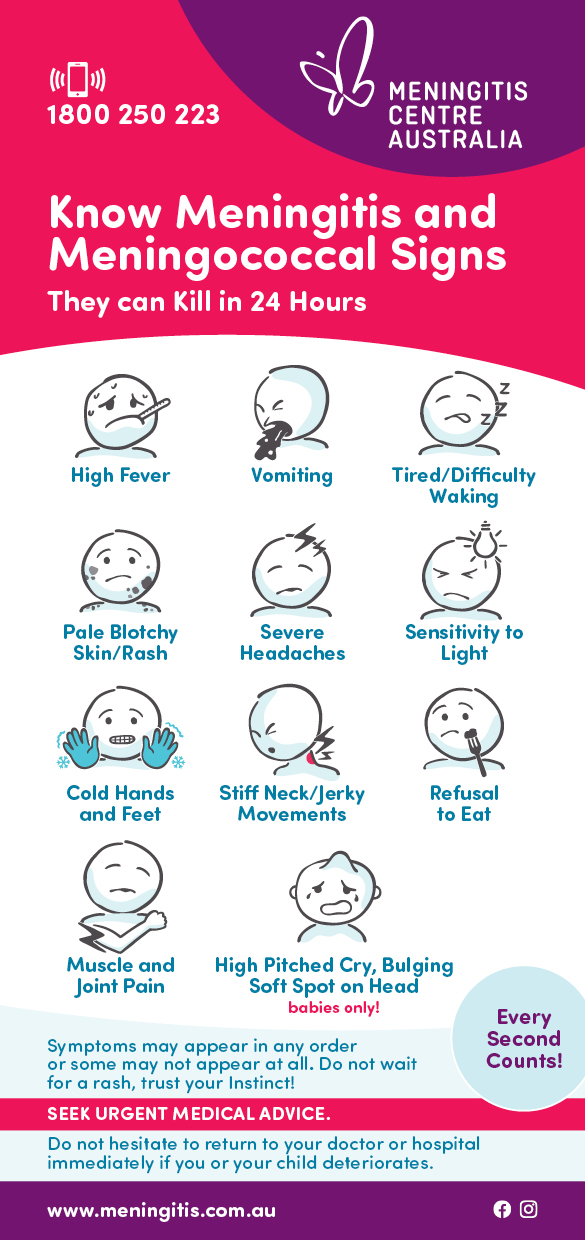This time last year the warning signs were there.
Twelve months down the track and we have seen just that.
Across the State, meningococcal disease is more prevalent and type W has replaced type B as the most common type in WA.
Now there’s a type Y starting to appear more often.
Fighting back against this disease is not an easy battle to win.
Our defences are twofold. First, taking notice of the early signs and symptoms and then seeking urgent medical attention and second, getting vaccinated.
So what are we waiting for? Get vaccinated.
When facing a meningococcal outbreak, at what point do you decide to intervene to provide vaccine protection for the community?
The answer is as early as possible.
The challenge is that most decisions are made centrally for new vaccines.
That is outside the State. The process is arduous and expensive and can take some years. Especially as a disease is developing and numbers are “low”.
So what number is high enough and when do you take action?
After 10, 20 or 30 deaths — and double this number of permanent disabilities to mainly very young and maturing teens?
We have faced this dilemma and these challenges over the past 25 years of advocating for the safety of others living in WA from all causes of meningitis and septicaemia including meningococcal, Hib and pneumococcal diseases.
Our voluntary journey has been fuelled by the experiences of families and losses they have suffered. Our experience and persistence has seen us box above our weight.
This time last year we were strongly advocating for the Federal Government to add the meningococcal B and ACWY vaccines to the National Immunisation Plan, or NIP, for all Australian kids and teens.
There was little interest as the B numbers were on the decline and the ACWY numbers, while looking like increasing, were not yet a concern.
Our local intelligence though — and that of WA Health — indicated WA numbers for ACWY would reach an all-time high and be ahead of type B this year.
More importantly, there were two affordable vaccines available now.
So how can we sit here with this knowledge and not fight for West Australians? With WA’s small share of the national population, waiting on east coast decisions to protect us has always been unrealistic.
In 2003 the meningococcal C vaccine was introduced on to the NIP as 50 per cent of all cases in the east were meningococcal C, whereas here in the west only 10-15 per cent were C.
Most of our cases were B.
A concerted effort was made by Meningitis Centre Australia with direct approaches and meetings with the Government and Opposition locally and their health leadership with the goal of protecting West Australians first.
Now we are tired of waiting for others to protect our own when a solution is available.
How can we sit here with the knowledge we have on ACWY trending higher from this year and not act?
This year we were able to work with former health minister John Day who said in January that WA would introduce, and fund, the ACWY vaccine for the most vulnerable 15 to 19-year-old age group from June this year. That was a great result for local decision-making and WA’s teens.
Most other States have since followed WA’s lead.
It is vital for the protection of their health, and community heath generally, that this free vaccine for teens is taken up.
Next we must have meningococcal B and ACWY added to the NIP for teens and children.
Failing to do so will result in more deaths from these insidious diseases.
SOURCE: The West Australian – Meningitis Centre Australia Chairman Bruce Langoulant

